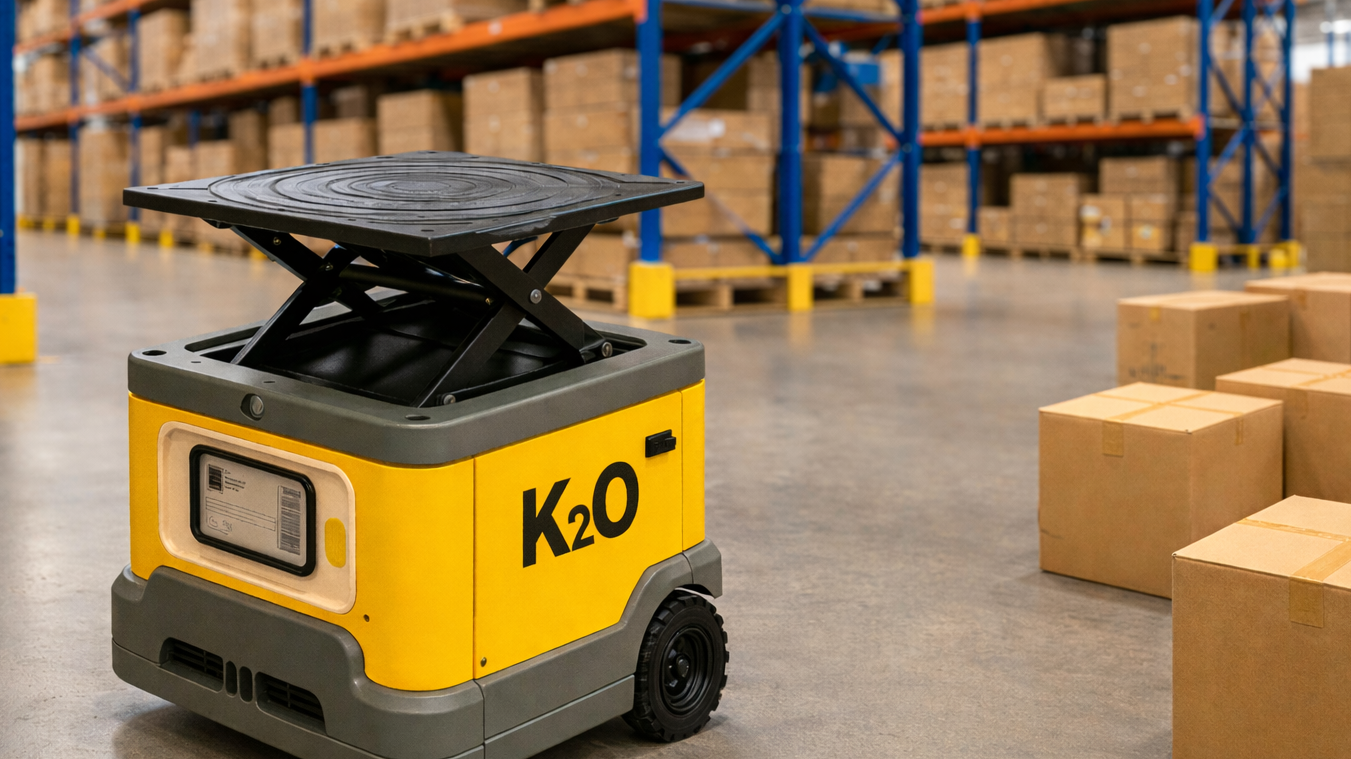The Role of Artificial Intelligence in AGV Robot Navigation
2024-04-04

AGV robots, or Automated Guided Vehicles, are autonomous vehicles designed to transport materials or perform tasks in various industrial settings. Navigation is a critical aspect of AGV systems, ensuring efficient movement within a facility. With the advent of Artificial Intelligence (AI), AGV navigation has undergone significant advancements, enhancing flexibility, adaptability, and overall performance.
Traditional Navigation Methods in AGV Systems
In the early stages of AGV development, navigation primarily relied on pre-programmed routes, magnetic tape guidance, laser reflectors, and infrared beacons. These methods provided basic navigation capabilities but were often limited in terms of flexibility and adaptability to dynamic environments.
Limitations of Traditional Navigation Methods
While traditional navigation methods served their purpose, they had several limitations. These included a lack of flexibility in route changes, susceptibility to environmental changes such as lighting conditions, and ongoing maintenance requirements for infrastructure like magnetic tapes or reflectors.
The Role of Artificial Intelligence in AGV Navigation
Artificial Intelligence has revolutionized AGV navigation by introducing sophisticated algorithms that enable dynamic decision-making and adaptation to changing environments. AI-based navigation systems can analyze sensor data in real-time, interpret surroundings, and make intelligent decisions to navigate efficiently.
Sensing and Perception
Sensor technologies play a crucial role in AI-driven AGV navigation. These systems utilize various sensors such as LiDAR, cameras, and ultrasonic sensors to perceive the environment, detect obstacles, and create accurate maps for navigation. Object detection and avoidance algorithms ensure safe traversal in complex environments.
Machine Learning in AGV Navigation
Machine learning algorithms empower AGVs to learn from experience and improve navigation over time. By training on historical data, AGVs can optimize routes, anticipate obstacles, and adapt to changing conditions autonomously. This self-learning capability enhances efficiency and reduces the need for manual intervention.
Path Planning and Optimization
AI-based AGV navigation systems excel in path planning and optimization. Dynamic route planning algorithms consider factors such as traffic congestion, obstacles, and task priorities to optimize paths in real-time. Collision avoidance strategies ensure safe navigation, even in crowded or unpredictable environments.
Integration with Surrounding Systems
AI-enabled AGV navigation systems seamlessly integrate with surrounding systems such as Warehouse Management Systems (WMS) and other machinery. They communicate data in real-time, enabling efficient coordination and synchronization of operations. This integration enhances overall productivity and operational efficiency.
Case Studies of AI-Enabled AGV Navigation
In industries such as automotive manufacturing, e-commerce fulfillment centers, and healthcare facilities, AI-enabled AGV navigation has demonstrated significant benefits. These systems improve material handling processes, increase throughput, and enhance safety in dynamic environments.
Challenges and Future Directions
Despite the advancements in AI-driven AGV navigation, several challenges remain, including technical limitations, safety concerns, and the need for continued innovation. Overcoming these challenges will pave the way for even more sophisticated AGV navigation systems capable of handling increasingly complex tasks.
Conclusion
Artificial Intelligence has transformed AGV navigation, enabling autonomous vehicles to navigate dynamic environments with precision and efficiency. As technology continues to evolve, AI-driven AGV navigation will play a crucial role in optimizing industrial operations, improving productivity, and shaping the future of automation.





